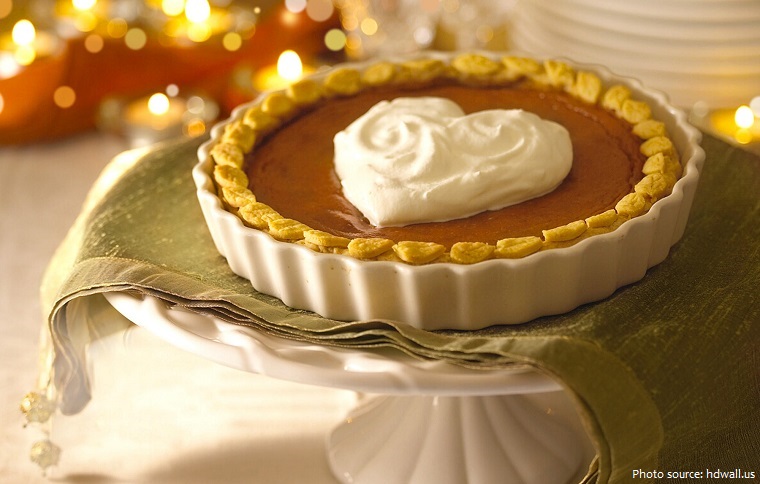
Pumpkin pie is a dessert pie with a spiced, pumpkin-based custard filling, though other types of squash are more commonly utilized. The pumpkin is a symbol of harvest time, and pumpkin pie is generally eaten during the fall and early winter. In the United States and Canada, it is usually prepared for Thanksgiving, and other occasions when pumpkin is in season.
The pie filling ranges in color from orange to brown and is baked in a single pie shell, rarely with a top crust. The pie is generally flavored with cinnamon, powdered ginger, nutmeg, and cloves. Allspice is also commonly used and can replace the clove and nutmeg, as its flavor is similar to both combined. Cardamom and vanilla are also sometimes used as batter spices. The spice mixture is called pumpkin pie spice.
The pie is often made from canned pumpkin or packaged pumpkin pie filling (spices included), mainly from varieties of Cucurbita moschata.
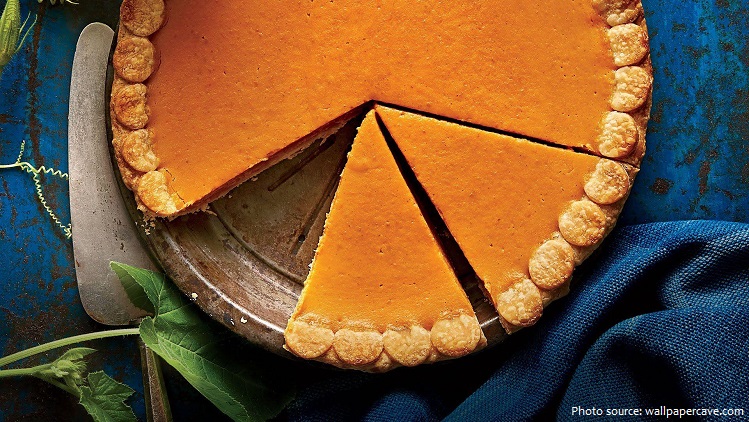
The word “pumpkin” originated from the Greek word Pepõn which means large melon. The word gradually morphed by the French, English and then Americans into the word “pumpkin.”
The oldest archeological evidence of the domesticated pumpkin date back more than 7,000 years ago, and were found in parts of northwestern Mexico. Though its exact origin remains uncertain, somewhere in North America or Central America is most likely.
Pumpkin “pies” made by early American colonists were more likely to be a savory soup made and served in a pumpkin than a sweet custard in a crust.
It was not until the early 19th century that the recipes appeared in Canadian and American cookbooks or pumpkin pie became a common addition to the Thanksgiving dinner.
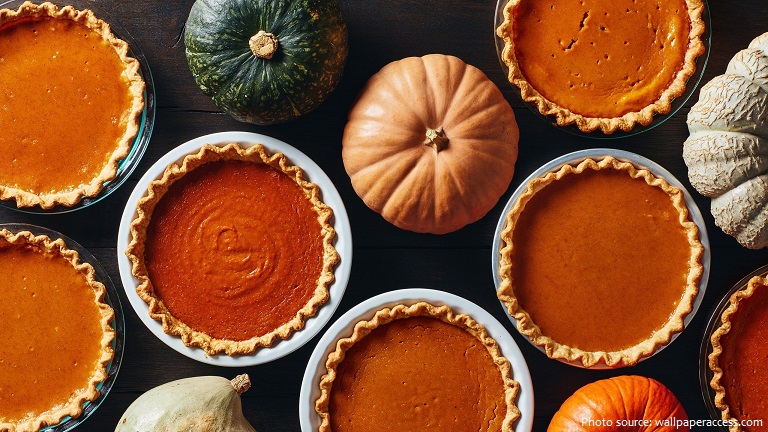
The Pilgrims brought the pumpkin pie back to New England, while the English method of cooking the pumpkin took a different course. In the 19th century, the English pumpkin pie was prepared by stuffing the pumpkin with apples, spices, and sugar and then baking it whole.
In the United States after the Civil War, the pumpkin pie was resisted in southern states as a symbol of Yankee culture imposed on the south, where there was no tradition of eating pumpkin pie. Many southern cooks instead made sweet potato pie, or added bourbon and pecans to give a southern touch.
Today, throughout much of Canada and the United States, it is traditional to serve pumpkin pie after Thanksgiving dinner.
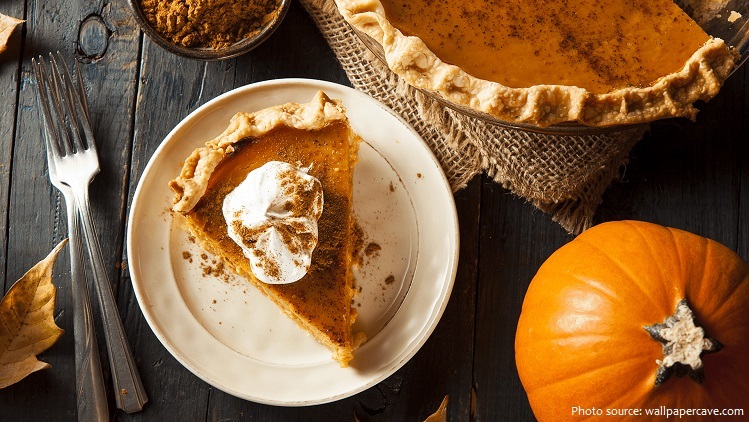
Additionally, many modern companies produce seasonal pumpkin pie-flavored products such as candy, cheesecake, coffee, ice cream, french toast, waffles and pancakes, and many breweries produce a seasonal pumpkin ale or beer – these are generally not flavored with pumpkins, but rather pumpkin pie spices. Commercially made pumpkin pie mix is made from Cucurbita pepo, Cucurbita maxima, and Cucurbita moschata. (Libby Select uses the Select Dickinson Pumpkin variety of C. moschata for its canned pumpkins.)
Pumpkin pies were briefly discouraged from Thanksgiving dinners in 1947 as part of a rationing campaign, mainly because of the eggs in the recipe.
The color of pumpkins derives from orange carotenoid pigments, including beta-cryptoxanthin, alpha and beta carotene, all of which are provitamin A compounds converted to vitamin A in the body.

There are 26 calories in 100 grams (3.5 ounces) of pumpkin.
One slice of pumpkin pie contains more than the recommended daily value of vitamin A, which benefits eyesight and the immune system. Pumpkin filling also has potassium, vitamin C and iron, which will all boost your mood.
The largest pumpkin pie weighs 1,678 kg (3,699 lb) and was made by New Bremen Giant Pumpkin Growers (USA) at New Bremen Pumpkinfest in New Bremen, Ohio, USA, on 25 September 2010.
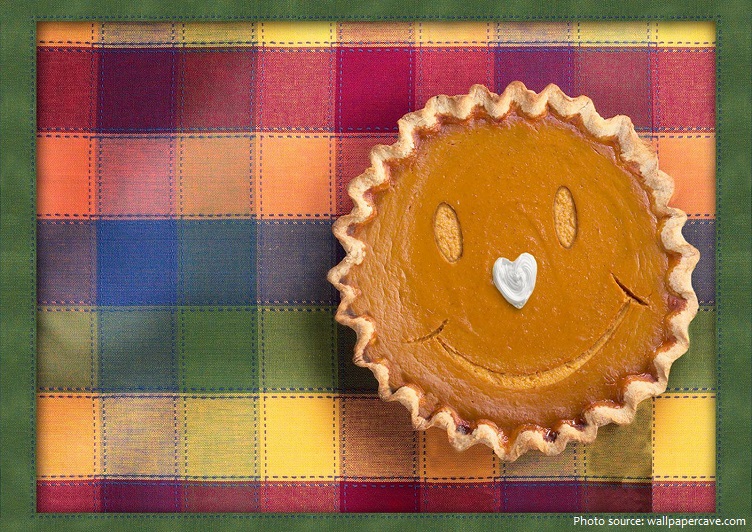
Bundevara is a Serbian and generally present in former Yugoslavia pastry or sweet pie made of rolled phyllo or similar to strudel, filled with sweetened grated pumpkin pulp and baked in an oven.
Pumpkin pie recepie:
• Place pumpkin in a saucepan, cover with boiling water, add salt and cook for 5 minutes. Drain.
• Combine pumpkin with brown sugar, sultanas, spices, flour, lemon juice and zest.
• Line a greased 23 cm pie plate with just over half the pastry dough. Add pumpkin filling and dot with butter. With remaining dough, make lid for pie, or cut pastry into strips and arrange as lattice.
• Cut small steam vents in lid if not latticed. Brush dough with egg white or milk and sprinkle with caster sugar.
• Bake in a preheated hot oven for 30 minutes, then reduce heat to moderate and bake for a further 40 minutes or until pastry is crisp and golden.